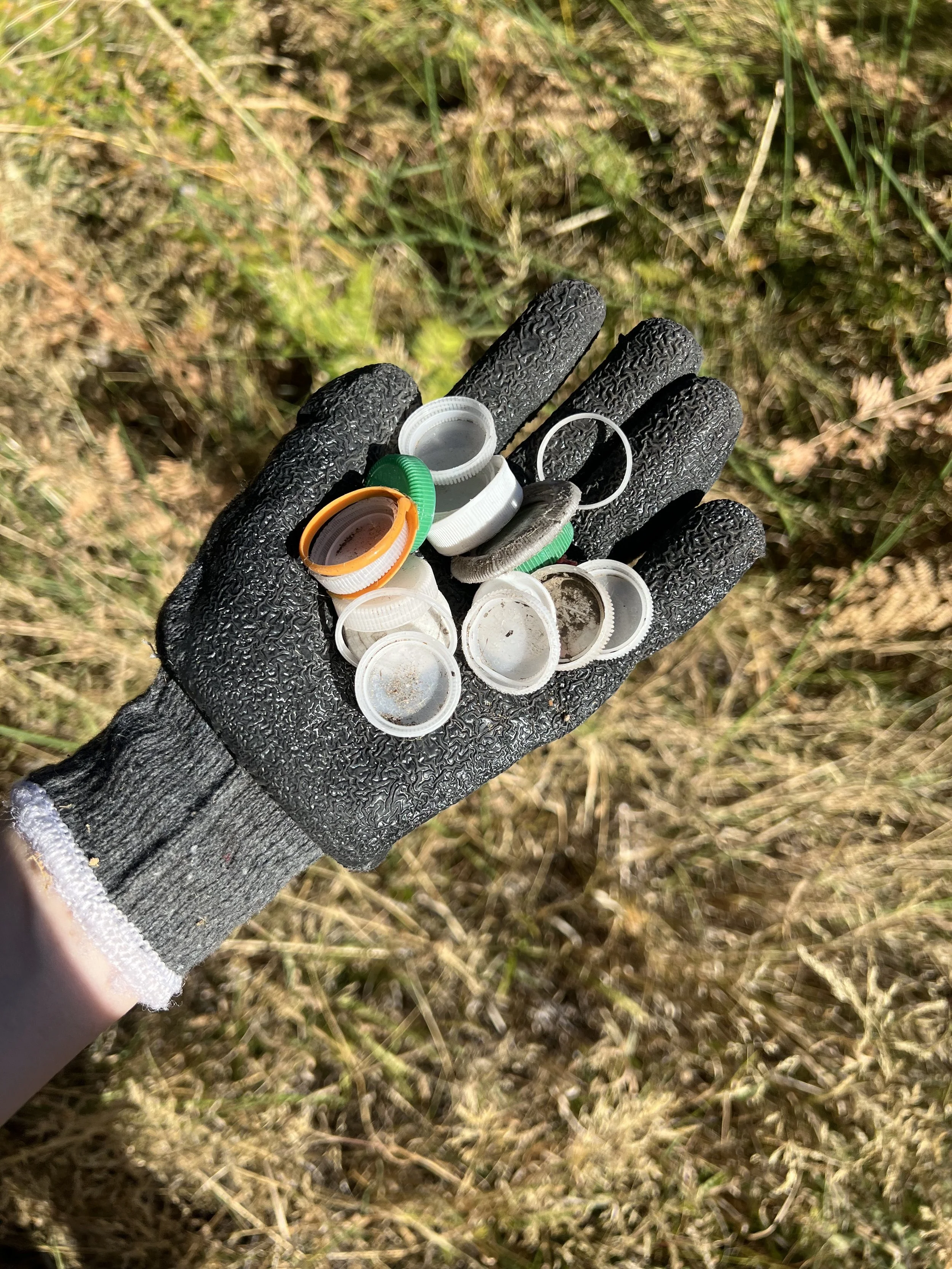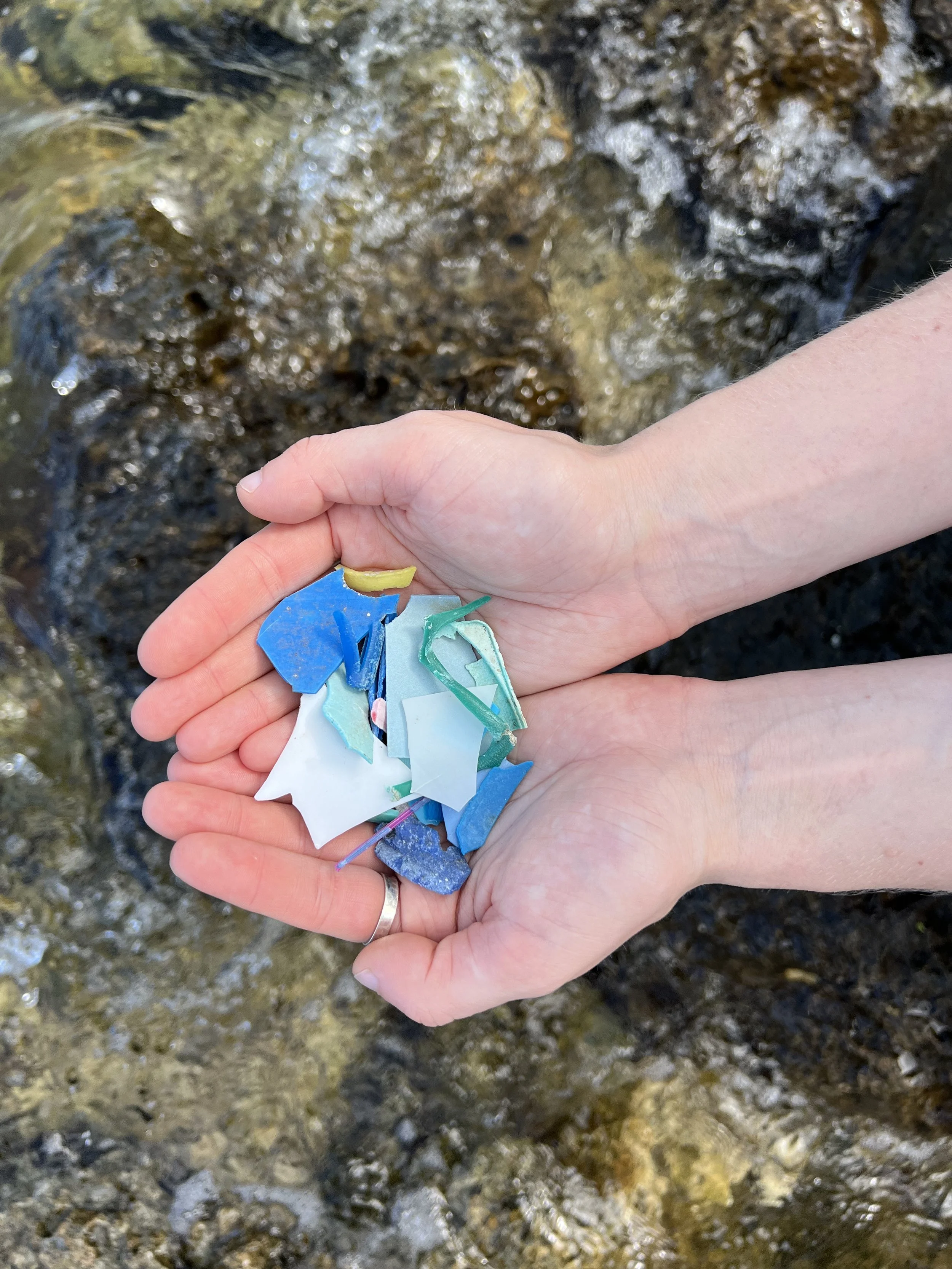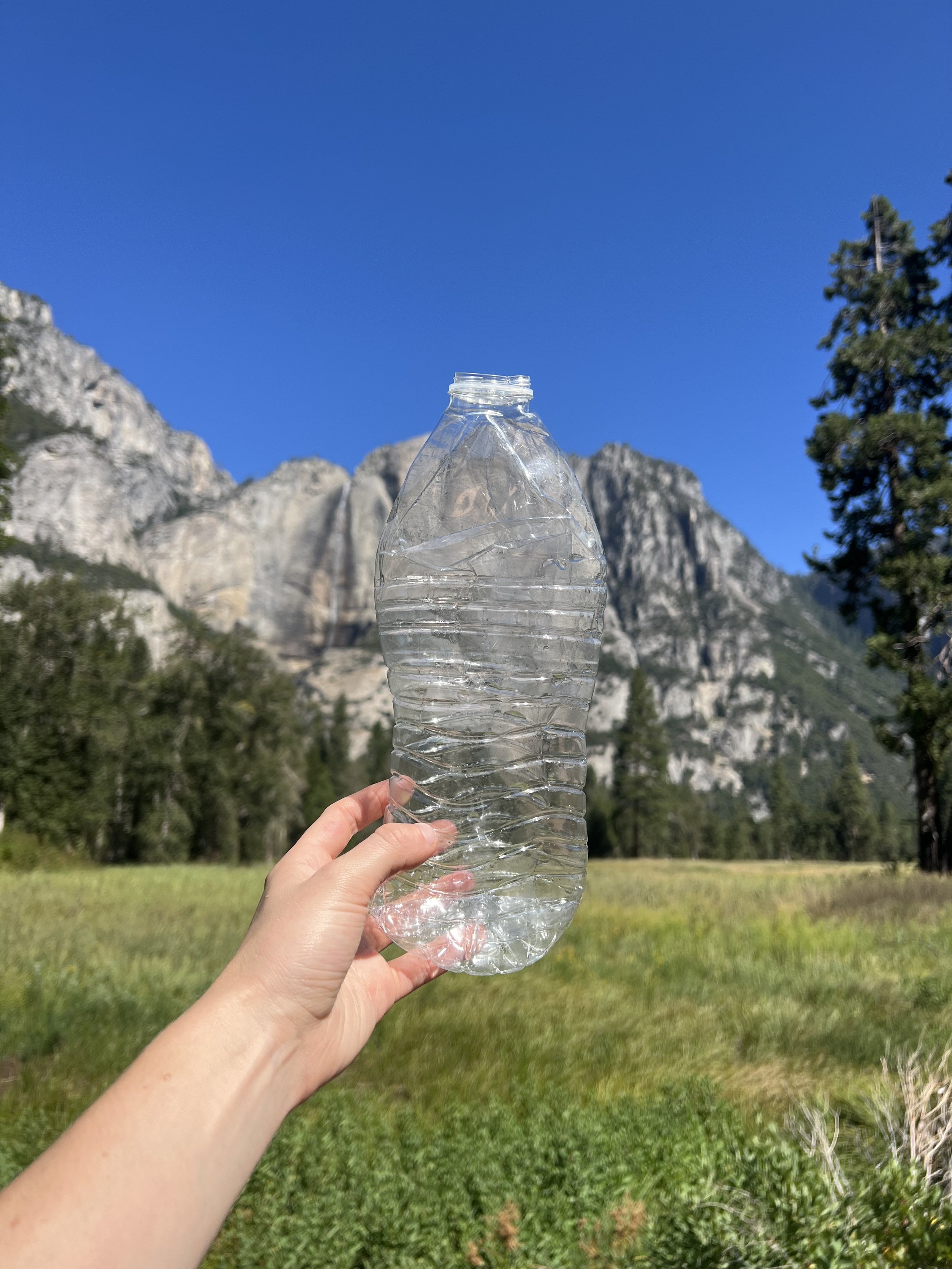National Parks Need a Plastic-Free Future
By Paulita Bennett-Martin, Senior Strategist of Policy Initiatives
National parks are cherished landscapes of the United States, preserving natural beauty, diverse ecosystems, and significant historical and cultural sites. But plastic pollution infiltrates these pristine environments. From discarded water bottles to microplastic fragments, plastic waste is harming the very places we strive to protect. It’s crucial that we find lasting solutions that safeguard these national treasures for generations to come. To fully grasp the current state of managing plastic in parks and to understand solutions, we must look at the long and complex history of the National Park System.
A Conflicted History
Our national parks hold a complex and conflicted history that we must acknowledge. Long before their designation by the U.S. government, these lands were considered sacred and ancestral by many Indigenous peoples, holding immense intrinsic, cultural, and spiritual significance. This legacy extends far beyond the National Park Service, so centering this history is crucial as organizations and community members work to protect these lands.
The establishment of Yellowstone as the first national park in 1872 was hailed by the U.S. government as a significant conservation success. Yet this milestone came at a devastating cost, leading to the violent removal and displacement of Indigenous communities from their ancestral homelands. Their voices have often been excluded from discussions about national parks, causing lasting harm across generations. Indigenous peoples and allies have long advocated for a bigger role in managing these lands, pushing for co-management agreements and, in some cases, the return of sacred sites to tribal control.
In 2021, President Biden made history by appointing Deb Haaland, a registered member of the Laguna Pueblo tribe, as the first Indigenous person to lead the Department of the Interior (DOI). That same year, Charles F. Sams III, who is Cayuse and Walla Walla and a member of the Confederated Tribes of the Umatilla Indian Reservation, became the 19th Director of the National Park Service. These appointments marked a step toward reconciliation and a more culturally equitable Park Service system.
Places Worthy of Protection
National Park Service sites are established in one of two ways: through congressional action or by presidential declaration using the Antiquities Act of 1906.
Congress can establish national park sites by passing legislation authorizing their creation. These sites are incredibly diverse, including Acadia National Park in Maine, Pictured Rocks National Lakeshore in Michigan, Flight 93 National Memorial in Pennsylvania, and Lewis and Clark National Historical Park in Oregon and Washington.
Alternatively, the president has the authority under the Antiquities Act of 1906 to designate national monuments on lands or waters under federal jurisdiction. Approximately one-quarter of current sites within the National Park System originated through this act.
Parks are selected for their significant cultural, historical, natural, and recreational resources, as well as the need for proper management of these areas. They may be chosen for unique geological formations, such as Arches National Park in Utah; diverse marine ecosystems, like Virgin Islands National Park; or to commemorate important historical figures or events, such as the Martin Luther King Jr. National Historical Park in Georgia.
Regardless of their origin, all sites deserve stewardship and management to ensure that the public can explore our natural and social history for generations to come.
The Burden of Plastic on Parks
National Park Managers face significant challenges in overseeing national parks. Beyond extreme weather, environmental factors like flooding and droughts, and invasive species, many parks also struggle with aging infrastructure, staffing shortages, and underfunding. One issue that consistently impacts national parks across all geographies is plastic pollution. This pervasive pollutant harms wildlife and natural environments, increases costs for park waste management and programs, and detracts from the experiences that national parks aim to provide.
The 5 Gyres Institute’s annual community science project, Plastic-Free Parks TrashBlitz, highlights the severity of plastic pollution in protected areas. For three years in a row, plastic has been the most prevalent material found, making up nearly 80% of all trash analyzed in 2024. Single-use plastics from food, beverage, and tobacco products are the most commonly found items. Plastic fragments also make up a significant portion of the study, underscoring how plastic items continue to break up into smaller microplastics. Notably, the brands most frequently logged come from major corporations, including Philip Morris International, R.J. Reynolds Tobacco Company, PepsiCo, The Coca-Cola Company, Anheuser-Busch InBev, Mars, and more.
Phasing Out Plastic in Parks
The problem of plastic pollution in parks has long been recognized by park managers and advocates. In 2011, President Obama signed an executive order encouraging national parks to voluntarily eliminate single-use plastic water bottles as part of the Green Parks Plan. This initiative proved highly successful, with 23 parks successfully banning the sale of water bottles within their boundaries. A NPS report revealed that this policy prevented between 1.32 million and 2.01 million disposable bottles from being purchased annually, reducing 111,742 pounds of plastic, curbing 141 million tons of greenhouse gas emissions, and conserving between 276 and 419 cubic yards of landfill space per year. Unfortunately, the Trump administration reversed this highly successful program in 2017.
Aiming to restore what President Trump had undone, Congressman Mike Quigley introduced the Reducing Waste in National Parks Act in 2017. The bill, later supported by Senator Jeff Merkley, directs the National Park Service to stop the sale and distribution of certain single-use plastic products in parks.
Advocacy groups like the National Park Conservation Association, Oceana, and 5 Gyres continued to raise awareness and increase education within the administration. On World Oceans Day 2022, Interior Secretary Deb Haaland issued Secretarial Order 3407, directing all 11 bureaus to develop plans to phase out single-use plastics. However, by early 2025, this order was also reversed by the Trump administration.
We continue to find high levels of plastic pollution in our national parks, highlighting a critical challenge. While executive and secretarial orders are powerful tools for change within the U.S. government, any progress can be easily undone with a change in presidential administration.
Take Action: Protect our Parks from Plastic Pollution
The persistent threat of plastic pollution demands a permanent solution. Our national parks are vulnerable spaces that represent the natural beauty and historical richness of our nation.
To truly safeguard these vital landscapes, we need lasting legislative action. This means Congress must pass national laws that protect our park systems, and state legislatures must exercise their authority in state parks.
Your voice is crucial! Sign our petition now to urge your local and national representatives to ban the sale of single-use plastics in parks once and for all, ensuring our parks remain places of hope and beauty for generations to come.







